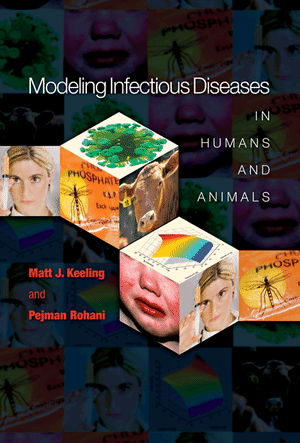|
In this chapter, we start
with
the simplest epidemiological models and
consider both infections that are strongly immunizing as well as those
that do not give rise to immunity. In either case, the underlying
philosophy is to assume individuals are either susceptible to
infection, currently infectious, or recovered (previously infected and
consequently immune). Although the progress between these classes could
be presented as a verbal argument, to make quantitative predictions we
must translate them into formal mathematical terms. This chapter
presents the
mathematical equations describing these models, together with the kinds
of model analyses that have proved useful to epidemiologists. These
approaches encompass both deterministic and probabilistic frameworks.
The preliminary models will, of necessity, be somewhat primitive and
ignore a number of well-known and important heterogeneities, such as
differential susceptibility to infection, contact networks, variation
in the immunological response, and transmissibility. Many of these
complexities are addressed in subsequent chapters.
Programs:
Program
2.1
|
Page
19
|
Simple SIR
(without
births
and deaths)
|
Program
2.2
|
Page
27
|
SIR model with
births and
deaths
|
Program
2.3
|
Page
35
|
SIR model with
disease
induced mortality and density dependent transmission
|
Program
2.4
|
Page
36
|
SIR model,
disease
induced
mortality and frequency dependent transmission |
Program
2.5
|
Page
39
|
SIS model without
births
or deaths
|
Program
2.6
|
Page
41
|
SEIR model with
births and
deaths
|
Program
2.7
|
Page
44
|
SIR + carrier
state
|
|


